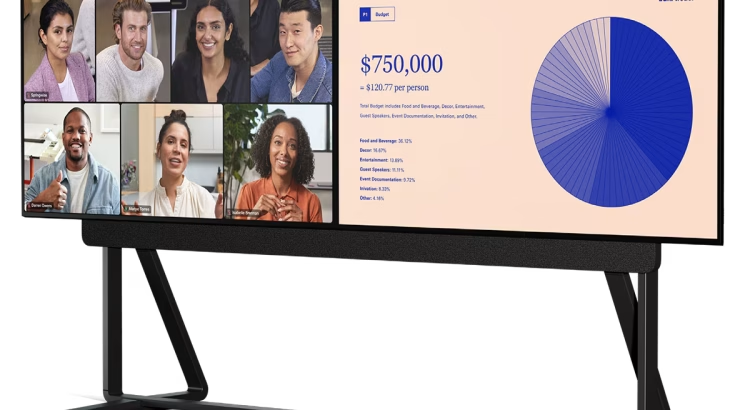PORTUGAL PROTOCOLO – When the pandemic forced Portugal’s corporate and diplomatic scenes to rethink every detail of physical gatherings, a quiet but powerful innovation emerged: a centralized digital catalog for protocol management. Designed by seasoned event consultants and protocol experts, this tool quickly became indispensable. Not just a fancy asset list, the digital platform introduced real-time solutions for decor, vendor selection, stage design, speech timing, and seating logistics. Within six months, the protocol event cost reduction was so significant that major brands and ministries began replacing traditional planning entirely. This wasn’t just about going paperless it was about cutting costs smartly while keeping elegance intact.
Centralized Control That Cuts the Clutter
In traditional event planning, protocol teams juggle PDFs, emails, phone calls, and outdated spreadsheets. The digital catalog centralized everything: venue options, official decor standards, emblem placement, floral schemes, menu options, lighting arrangements, and transportation guidelines. With all resources neatly categorized and updated in real-time, users avoided costly miscommunications or last-minute changes. By standardizing choices while allowing customization, the platform ensured protocol event cost reduction without compromising class. Rather than reinventing the wheel for each event, planners leveraged pre-approved formats and templates, saving both time and budget with every click.
Vendor Transparency That Delivers
One of the most transformative features was verified vendor integration. The catalog listed vendors with pricing tiers, availability, reviews, and official protocol compliance ratings. Gone were the days of hidden fees or overpaying for last-minute rentals. With instant comparisons, planners could choose options that aligned with protocol standards without blowing the budget. This smart integration led to up to 30% savings on decor and production costs, directly fueling protocol event cost reduction across private and public sectors. The trust factor also increased as vendors competed for visibility, ensuring service quality improved alongside budget efficiency.
Smart Design That Prevents Over-Spending
Event overspending often comes from underestimating design scope. The digital catalog introduced 3D modeling of event spaces with drag-and-drop furniture, floral setups, banners, and guest zones. Planners visualized the entire layout before a single invoice was generated. This cut down on impulse upgrades and unnecessary add-ons. When teams could see that a minimalist design achieved the same aesthetic impact as something elaborate, decisions became leaner. With better visualization tools, every layout helped ensure protocol event cost reduction was part of the design process, not just an afterthought during reconciliation.
Live Updates and Real-Time Changes
Unlike static documents, the digital catalog functioned dynamically. If an official protocol rule changed—say, the order of flags at a multinational summit—the update would reflect across all ongoing event files. This prevented costly errors and reputational risks. Schedules, official scripts, and floor plans could be updated mid-event, ensuring that everyone from interpreters to AV crews stayed in sync. Real-time syncing became critical during hybrid events where multiple stakeholders worked across time zones. That operational fluidity translated directly to smoother executions and furthered protocol event cost reduction through better time management and fewer reworks.
Case Study: Lisbon Business Congress 2025
At the Lisbon Business Congress 2025, organizers adopted the digital catalog in full. By streamlining vendor selection, staging requirements, guest credentials, and branding assets through the platform, the planning committee reported a 42% savings compared to the previous year. That figure included venue optimization, digital signage, shuttle management, and printed collateral reductions. Even food waste was reduced by 60% due to improved attendee tracking and dietary input forms. The clear financial advantage confirmed the tool’s role in real-world protocol event cost reduction for high-profile engagements. And perhaps more importantly, the guest experience improved—not a single seating error occurred.
A Future-Facing Model for Event Protocol
Looking ahead, the catalog is expected to include AI-generated protocol recommendations based on attendee lists and event type, auto-flagging any inconsistencies. This proactive design could further elevate protocol event cost reduction by catching misalignments early. There’s also talk of integrating AR glasses for real-time protocol assistance during events—offering reminders about proper order of introductions, hand gestures, and national anthem timing. For a country known for its balance of tradition and modern diplomacy, Portugal’s embrace of digital protocol tools has set a global standard.



